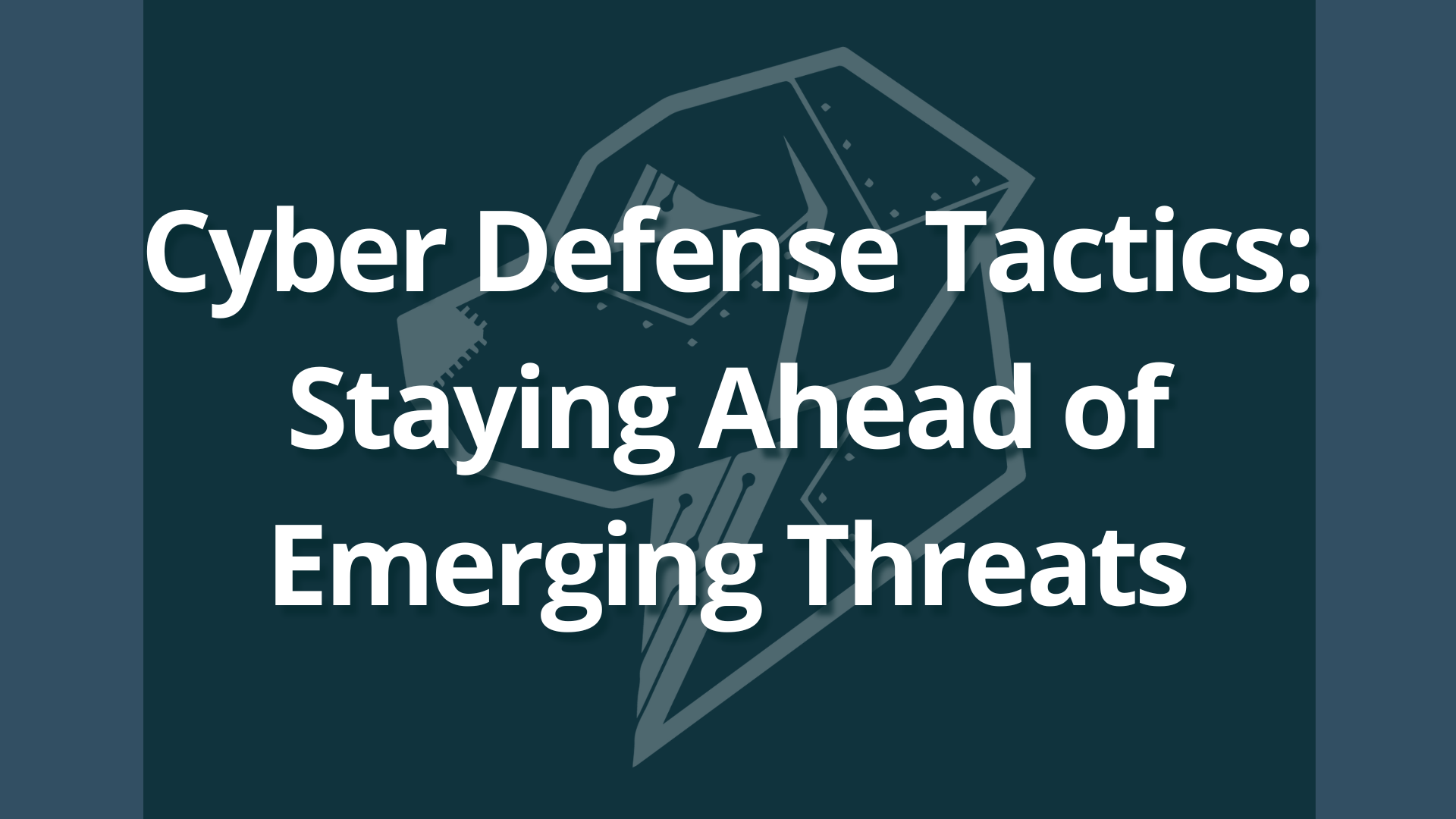Breaches are increasing in number, scale, and cost. In turn, cyber defense budgets are increasing as organizations pull out all the stops to bolster their cyber defense strategies in 2024.
Understanding the Cyber Threat Landscape in 2024
For many organizations, a successful cyber attack would be catastrophic. The global average cost of a successful cyber attack is $4.4 million. In the healthcare sector, the cost is even higher at $5.3 million. And as organizations grow, so does the average cost of their cyber attacks. Unfortunately, staying ahead of attackers is a significant challenge. As technology continues to advance, their strategies become more complex.
Cloud security in particular is a key concern for many organizations. According to PwC’s 2024 Global Digital Trust Insights survey of 3,876 business and tech executives at the largest global companies, 47% of respondents reported that it is their biggest cyber risk concern.
Despite this, over 30% of organizations have reported that they don’t consistently follow what should be standard practices of cyber defense.
Advanced Cyber Defense Technologies
There are many cutting-edge tools and technologies available to help organizations fight cybercrime. Some of the tools cybersecurity professionals use to fight against cyber crimes such as ransomware, social engineering, and hacking include:
- Behavioral analytics tools. This allows organizations to analyze user actions and quickly identify unusual events. For instance, they may notice an unusual amount of activity from a single device.
- Encryption. This is a mathematical algorithm that ensures that only authorized users can access data. It protects sensitive information from attackers and also helps organizations to meet compliance requirements.
- Context-aware security. This uses a variety of information — such as time, location, and reputation — to make informed security decisions. This deters bad actors while making it easier for legitimate users to access the system.
Implementing Effective Cyber Defense Strategies
The first step of an effective cyber defense strategy is to develop awareness of the current security environment. This involves understanding existing vulnerabilities and working to create a cyber security culture in the organization.
It’s important to have basic measures in place, including firewalls, password managers, and antivirus software. This acts as your first line of defense against potential attackers. However, these alone are not enough. Once the basic measures are in place, organizations should focus on using more advanced cybersecurity technologies. For example, this may include employing a layered security approach that takes attacker methodologies into account.
Organizations can also put measures in place to reduce the surface area of a potential attack. Examples include having a robust backup and recovery plan, employing a patch management plan, and ensuring multi-factor authentication is in place.
Preventing cyber attacks is a much more cost-effective strategy than dealing with an attack after it has happened.
The Role of Employee Training and Awareness
Every organization should have clear security policies in place. Employees are much more likely to adhere to policies if they understand why they are necessary. This is why training and awareness is vital when it comes to putting a robust cyber defense strategy in place.
Organizations should conduct regularly scheduled training sessions to inform employees about the importance of cyber defense. These sessions should cover topics such as the importance of password management and data protection. They should also help employees to spot potential social engineering and phishing attempts.
Following these training sessions, organizations may test employees’ knowledge by simulating phishing attacks using advanced cybersecurity technologies. This provides an opportunity to immediately address potential knowledge gaps and identify where they need further support in the future.
Managers should also encourage employees to report potential security issues that they come across without fear of reprisal.
Regular Audits and Updates
As technology continues to advance, cyber threats are changing more quickly than ever. Continuous audits and updates are necessary to help organizations stay on top of these threats and manage risks. This increases the likelihood of identifying potential vulnerabilities before they wreak havoc.
Continuous audits also help organizations to improve their response capabilities. This means if a successful attack does occur, they are more likely to have an effective incident response plan in place.
Regular audits also help organizations to stay compliant with regulatory standards.
Improving Cyber Defense Strategies 2024
2024 is set to be the most expensive year yet for organizations fending off cyber attacks. Bolstering cyber defense strategies will help organizations stay ahead of threats and reduce the chances of falling victim to a costly attack.



